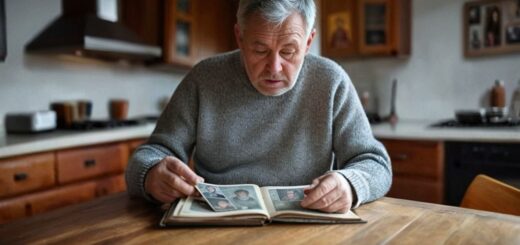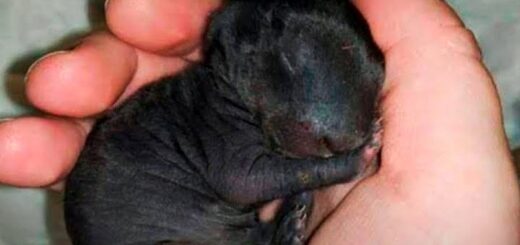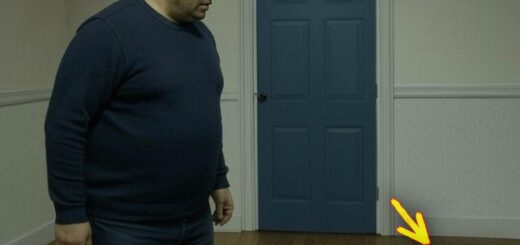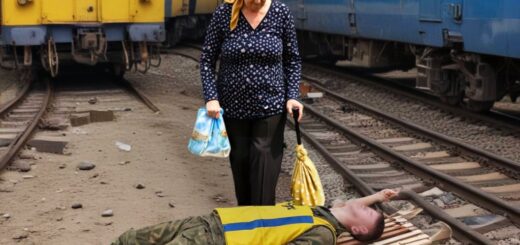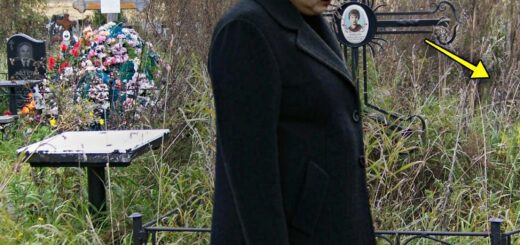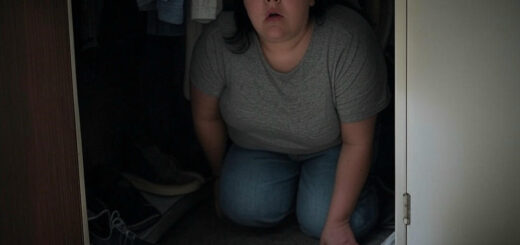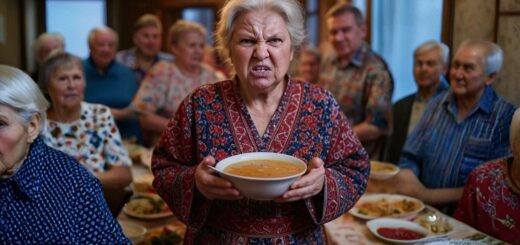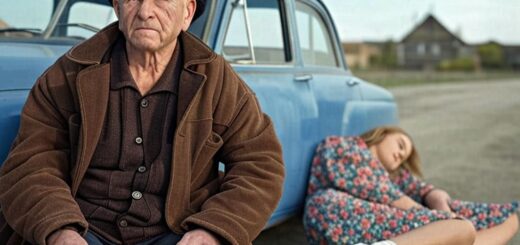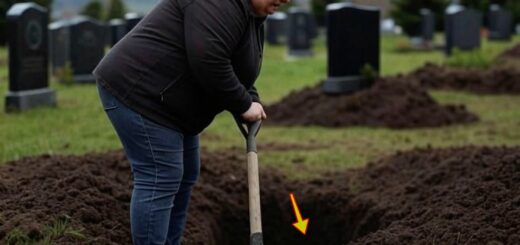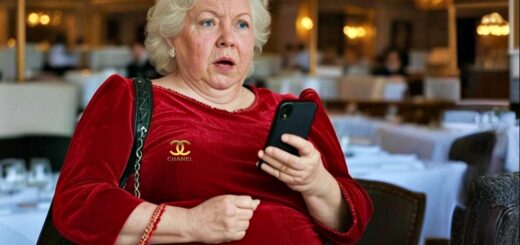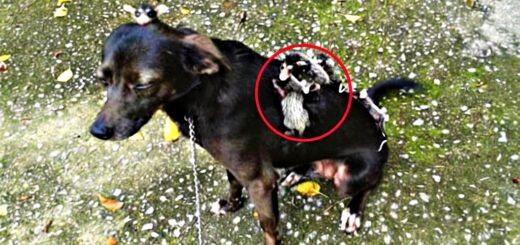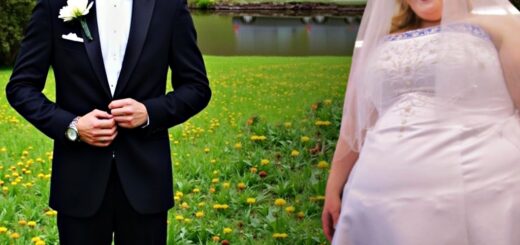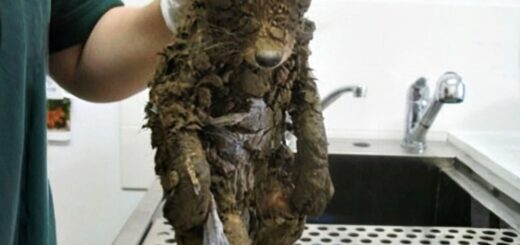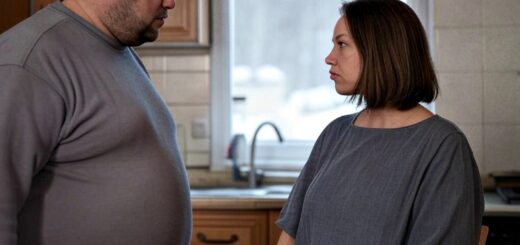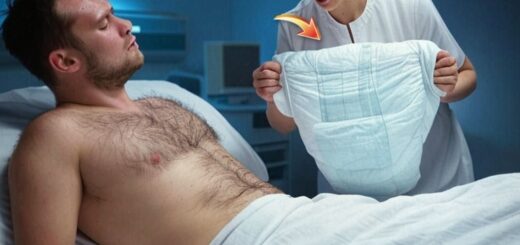Three ladies snap a picture together. A century later, researchers take a closer look and are totally blown away
The audience leaned forward in their seats, straining to see the subtle details her team had uncovered. Using advanced imaging technology developed for art restoration, we examined this photograph in unprecedented detail. What we discovered in the facial structure and visible skin markings of this nine-year-old girl, Pearl Turner suggests she possessed a previously undocumented genetic variation.
Murmurs rippled all around. Professor Lawson, a leading geneticist, shook his head in disbelief. But instead of sharing his doubts, he gave Sonia room to continue.
According to medical records we’ve gathered, Pearl Turner went on to live until the age of 66, which was remarkably long for someone who began millwork at age six or seven. Her sister Viola, however, she pointed to the girl on the right of the image, succumbed to tuberculosis just four years after this photo was taken, at age 17. And just like her, four out of the eight siblings died before hitting 20.
This disparity within the same family raised our initial questions. Sonia clicked to the next slide, showing medical diagrams. I believe Pearl Turner had a rare genetic variation that created increased resistance to the damaging effects of textile particles on lung tissue.
My guess is she possessed a variant of the MC1R gene, which typically is responsible for regulating skin tone and other genetic variations in people. Sonia stressed her argument by pointing out the difference in skin tone between the two sisters in the photo. At first glance, one might think Pearl was of Hindu descent, courtesy of her dark skin and highlights.
However, that wasn’t entirely the case for Professor Abernathy. Beyond the usual skin and eye effects, studies have revealed that some individuals with certain MC1R variants have a lower baseline sensitivity to pain. She said calmly, hoping to hit her point home.
Notice these subtle facial markers, the slightly wider nasal passage structure, and the unique eye-fold pattern. These are indicative of what we now believe is an adaptive trait that emerged in response to industrial working conditions. We don’t know how, but Pearl’s genes were somehow preconditioned to withstand the damaging effects of working in the mill.
Marcus greeted the room before chiming in. Though this is just one documented case, the professor believes it points to a fascinating possibility, that human adaptation to industrial conditions had occurred much more rapidly than we previously thought possible. This small meeting marked only the beginning…
